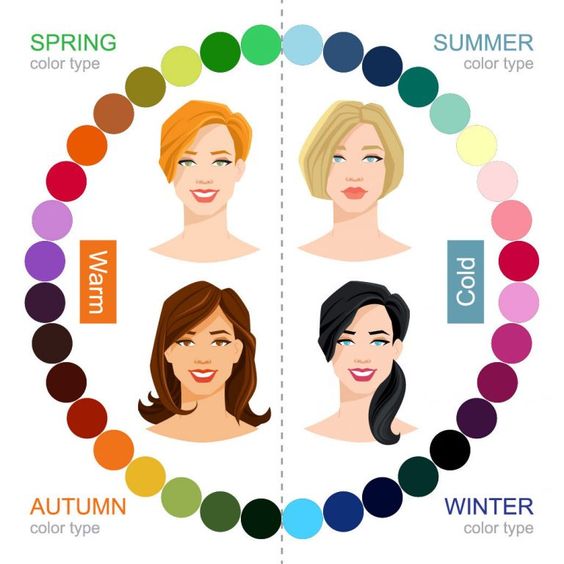Color is a fundamental element of fashion, a silent language that communicates mood, personality, and style. Understanding color theory is essential for anyone interested in fashion, as it helps in creating aesthetically pleasing and harmonious outfits. This blog delves into the basics of color theory and its application in the world of fashion, guiding you on how to use colors to enhance your personal style.
The Basics of Color Theory
Understanding the Color Wheel
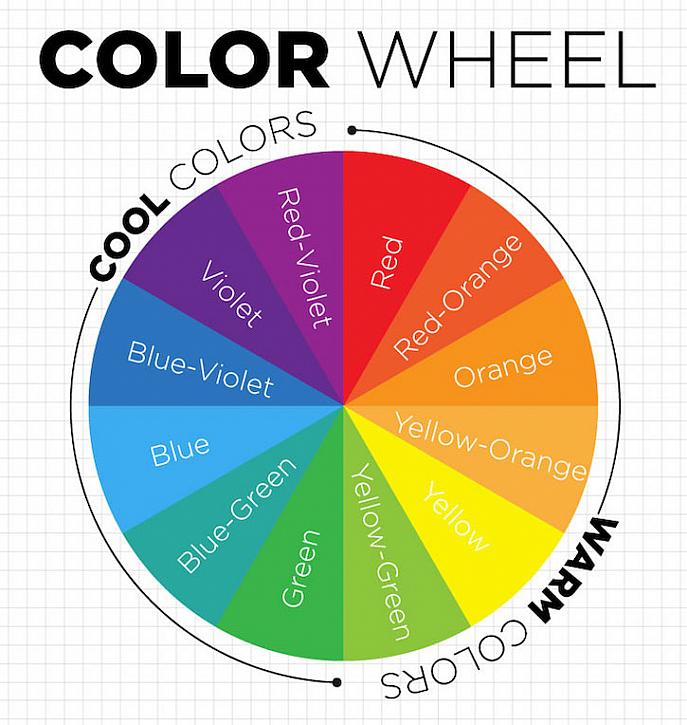
The color wheel is a crucial tool in understanding color relationships. It consists of primary colors (red, blue, yellow), secondary colors (green, orange, purple), and tertiary colors (mixtures of primary and secondary colors). Knowing where colors sit on the wheel helps in combining them effectively.
Color Harmonies
Color harmonies refer to the combinations of colors that are aesthetically pleasing. Some popular harmonies in fashion include:
- Monochromatic: Different shades and tints of a single color.
- Analogous: Colors next to each other on the color wheel.
- Complementary: Colors opposite each other on the color wheel.
- Triadic: Three colors evenly spaced around the color wheel.
Color Psychology in Fashion
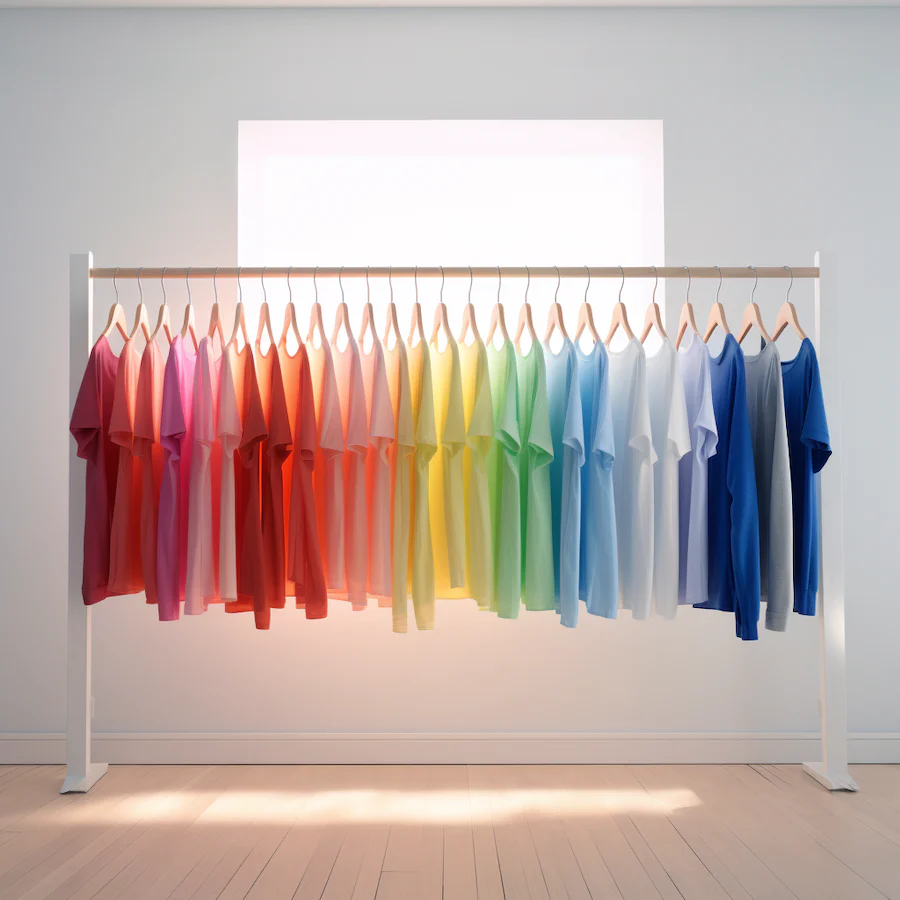
Mood and Color
Colors have the power to evoke emotions and set moods. For instance, red can convey passion and energy, while blue can be calming and stable. Understanding the psychological impact of colors can help you dress for the desired effect.
Seasonal Colors
Seasons also influence color choices in fashion. Spring and summer often bring pastels and bright hues, while fall and winter introduce deeper, richer colors. This seasonal shift in color palettes reflects the changing moods and environments.
Using Color Theory in Personal Style
Complementing Skin Tone
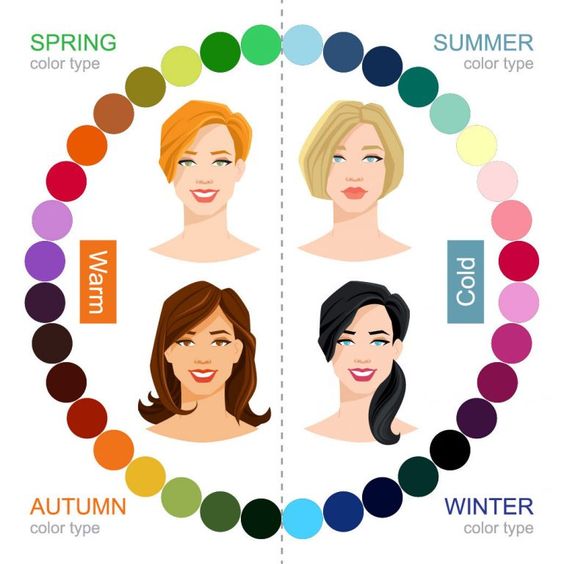
Colors can enhance or detract from your natural complexion. Generally, people with cool undertones look best in cool colors (blues, greens, purples), while those with warm undertones shine in warm colors (reds, oranges, yellows).
Creating Outfits with Color
When creating outfits, consider the color harmonies for a balanced look. A monochromatic outfit creates a cohesive and elongating effect, while a complementary scheme offers a bold and vibrant contrast. Analogous colors create harmony without being monotonous.
Tips for Experimenting with Color
Start with Accessories
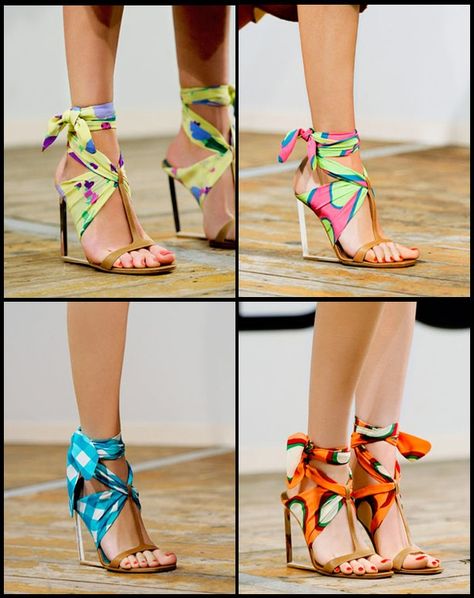
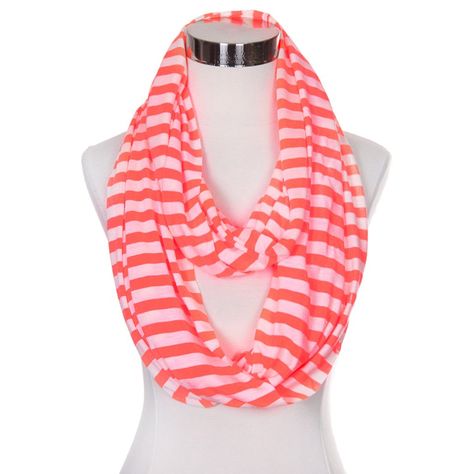
If you’re new to experimenting with colors, start with accessories. A brightly colored scarf or a pair of shoes can add a pop of color to a neutral outfit.
Balance Bold Colors
When wearing bold colors, balance them with neutrals to avoid overwhelming your look. For instance, pair a bright yellow top with navy or white pants.
Confidence is Key
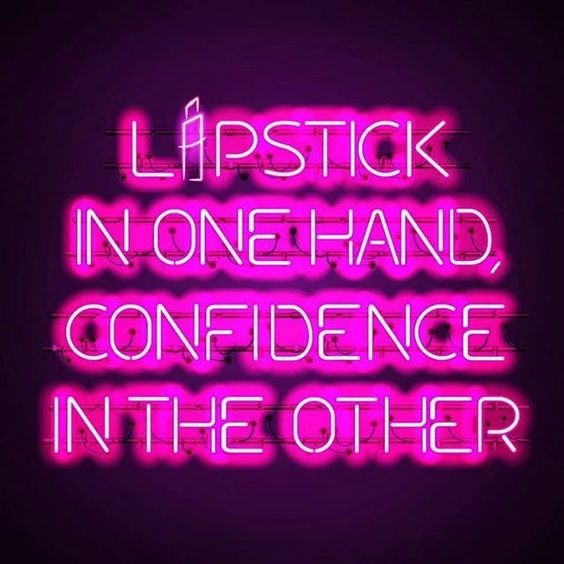
The most important aspect of wearing color is confidence. Wear colors that make you feel good, regardless of trends or rules.
Color theory in fashion is not just about following rules; it’s about understanding how colors work together and using that knowledge to express your unique style. By mastering the basics of the color wheel, color harmonies, and considering the psychological impact of colors, you can create outfits that are both visually appealing and expressive of your personality. Remember, fashion is an art, and color is one of your most versatile tools.
